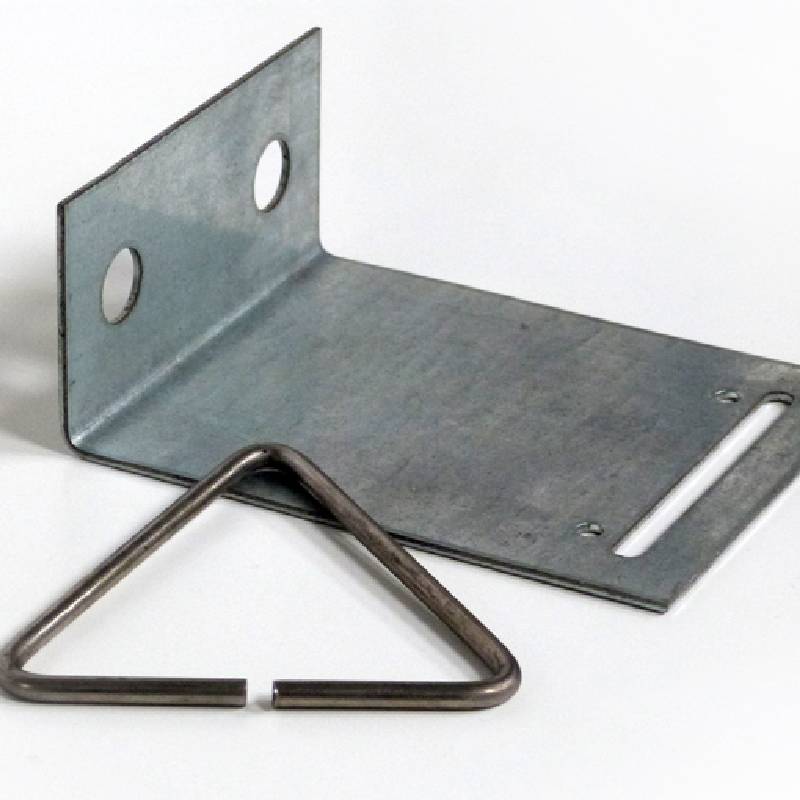
- Mobile Phone
- +8613931874955
- sales@cntcmetal.com
Innovative Designs for Flat Rib Lath Applications in Modern Construction Techniques
Understanding Flat Rib Lath A Key Component in Modern Construction
In the realm of construction, the choice of materials can significantly influence the strength, durability, and efficiency of a project. One such material that has garnered attention is flat rib lath. This versatile building element plays a crucial role in the installation of various finishing systems, particularly in the realm of interior wall and ceiling applications. Understanding the characteristics and benefits of flat rib lath is essential for architects, builders, and DIY enthusiasts alike.
Flat rib lath is a type of metal lath that features raised ribs or grooves, which are strategically positioned to enhance its structural integrity. Typically made from galvanized steel, this material is lightweight yet incredibly strong, providing an ideal substrate for plaster, stucco, or other finishing materials. The design of flat rib lath allows for better adhesion, ensuring that the surface coating bonds securely, reducing the likelihood of cracking or peeling over time.
One of the primary advantages of using flat rib lath is its ability to create a smooth and even surface. When properly installed, it provides a reliable framework for the application of various materials. This is particularly important in environments where aesthetics are paramount, as an even surface can significantly enhance the visual appeal of interior spaces. Additionally, the flat design of the lath minimizes the risk of imperfections, allowing for more precise finishing work.
flat rib lath

Installation of flat rib lath is relatively straightforward, making it a popular choice among builders. It can be secured directly to wall studs or ceiling joists, providing a solid foundation for subsequent layers. Its flexibility also allows it to conform to various shapes and angles, facilitating the creation of custom designs. Furthermore, the light weight of flat rib lath simplifies transportation and handling, making it an efficient choice for contractors.
Another noteworthy benefit of flat rib lath is its fire-resistant properties. In many construction applications, especially in commercial buildings, fire safety is a paramount concern. The non-combustible nature of galvanised steel, combined with the application of fire-rated finishes, ensures that structures can meet stringent safety regulations. This adds an additional layer of security, protecting both the occupants and the investment.
In terms of sustainability, flat rib lath stands out as an eco-friendly option. Since it is made from recyclable materials and designed for durability, it promotes sustainable building practices. Choosing flat rib lath can contribute to reducing the overall carbon footprint of a construction project, empowering builders to make environmentally responsible choices.
In summary, flat rib lath is a vital building component that enhances the structural integrity, aesthetic quality, and safety of contemporary construction projects. Its unique design offers multiple benefits, including ease of installation, a smooth finish, fire resistance, and sustainability. As construction practices continue to evolve, flat rib lath will undoubtedly remain a preferred choice among industry professionals, further solidifying its place in modern architectural design. Whether you are embarking on a large-scale construction project or a home renovation, considering flat rib lath could yield significant advantages for both functionality and aesthetics.
share:
-
Why Sacrificial Formwork Is Redefining Underground ConstructionNewsJun.06,2025
-
The Structural Dynamics of Modern Concrete: How Snake Spacers Revolutionize Flexible ReinforcementNewsJun.06,2025
-
Snake Spacers Smart-Lock Concrete Reinforcement with Surgical PrecisionNewsJun.06,2025
-
Snake Spacers: Reinforcement Precision for Modern Concrete ProjectsNewsJun.06,2025
-
Snake Spacers Powering Concrete's Structural DNANewsJun.06,2025
-
Slither into Success: Snake Spacers' Precision Bite for Unbreakable ReinforcementNewsJun.06,2025
-
Sacrificial Formwork: Building Stronger, Faster, and Safer StructuresNewsJun.06,2025



















